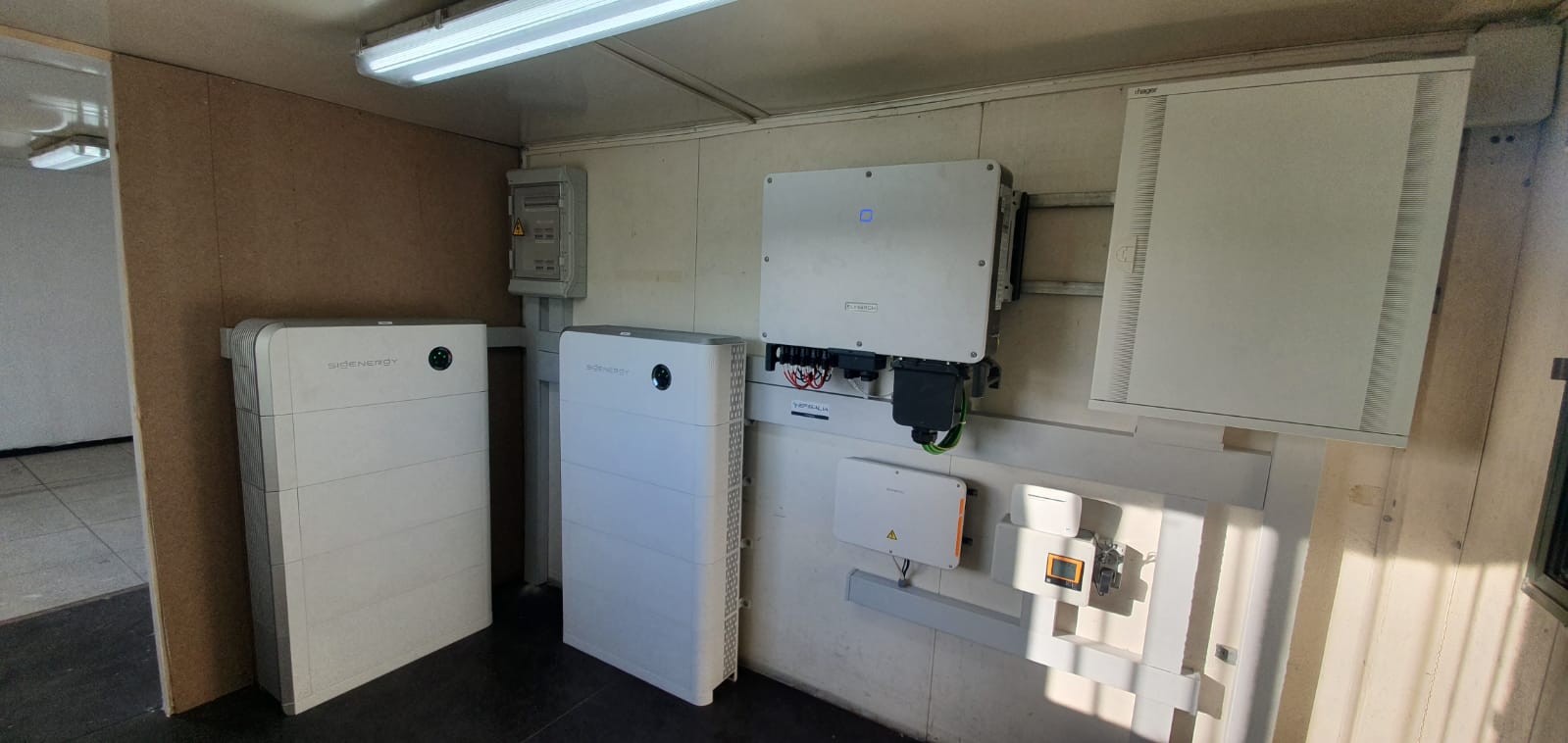Retrofit storage: the key to squeezing the most out of your photovoltaic system
When a PV system no longer meets all of our needs - whether due to consumption peaks, grid outages or unused surpluses - the most practical solution is often to incorporate storage. Thanks to retrofit storage technology, it is possible to add batteries and control equipment to an existing installation without dismantling the PV system or replacing the original inverter.
Peakshaving and Backup in one step
- Peakshaving: Controls consumption peaks by discharging the battery at times of high demand. In this way, you avoid penalties and extend the useful life of the electrical installation.
- Backup: A storage system can provide back-up power in the event of grid outages, ensuring that you never run out of power.
Oversizing well used
Many photovoltaic systems produce surpluses during peak radiation hours. With batteries, you can capture this extra energy and use it later, for example in the evening or at night. This increases your level of self-consumption and thus the profitability of the system.
Success story: Sungrow + Sigenergy
Recently, a project was carried out in which an already operational 50 kW Sungrow inverter was combined with a 30 kW battery power system and 64 kWh storage capacity. By integrating it with Sigenergy's technology, this was achieved:
- Maintain 0 discharge thanks to high-speed control, avoiding injecting surplus energy into the grid when it is not desired.
- Maximise the output of the original investor by accumulating surpluses.
- Eliminate demand peaks that previously generated costs and stress on the installation.
This example demonstrates how retrofit storage can completely transform the operation of a PV system, giving it more flexibility, stability and cost-effectiveness, while still maintaining the existing infrastructure.
